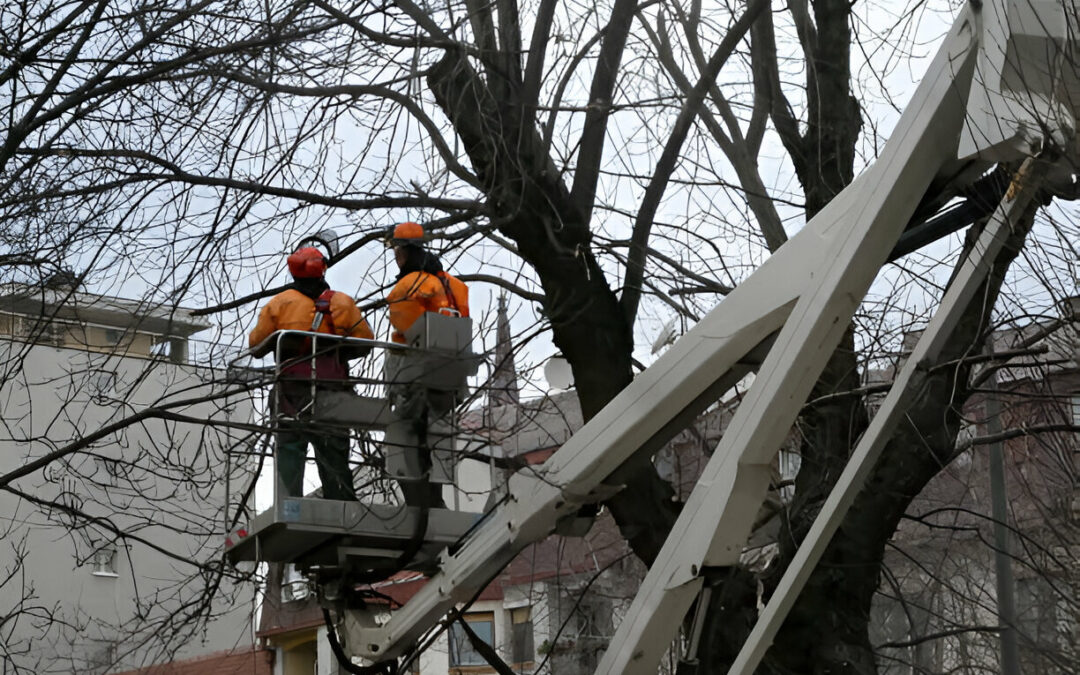So, you’ve decided to bid farewell to that towering tree in your yard. Removing a tree may seem like a daunting task, but fear not! The process can bring about a whole new look to your landscape. By understanding what to expect when removing a tree and how it can enhance your surroundings, you’ll be better prepared for the transformation ahead. From evaluating the tree’s health to reimagining your outdoor space, this guide will walk you through the steps involved in tree removal and the benefits it can bring to your overall landscape.
Assessing the Tree’s Health
Before removing a tree, you should assess its health to determine the best course of action for your landscape. Start by inspecting the tree for any signs of disease, such as discolored or wilting leaves, fungal growth, or pest infestations. Additionally, check for structural issues like trunk cracks or large, dead branches that could pose a safety risk. Evaluating the tree’s overall vitality will help you decide if removal is essential or other measures can be taken to improve its health.
Consider consulting a certified arborist for a professional opinion on the tree’s condition. They can provide valuable insights and recommend the most suitable approach based on their expertise. Removing a tree is a significant decision that can impact your landscape’s aesthetics and ecosystem. By thoroughly assessing the tree’s health beforehand, you can make an informed choice that aligns with your landscape goals while ensuring the well-being of your outdoor environment.
Tree Removal Process
Once you have assessed the tree’s health, it’s time to understand the tree removal process to ensure a smooth transition for your landscape. First, you should hire a professional tree removal service. They will assess the tree’s height, condition, and surrounding area to determine the best approach. The next step involves obtaining any necessary permits for tree removal, depending on your local regulations.
On the removal day, the tree removal team will arrive with the appropriate equipment, such as chainsaws, ropes, and safety gear. They will start by cutting the tree into manageable sections from the top down, ensuring it falls safely and predictably. The branches are usually removed first, followed by the trunk.
After the tree is down, the stump can be left as is, ground down, or completely removed, depending on your preference. The debris will disappear, leaving your landscape ready for new possibilities. Understanding and following the process can ensure a successful tree removal that enhances your landscape.
Landscape Enhancement Benefits
Curiously, what benefits can your landscape gain from removing a tree? Removing a tree from your landscape can open up new possibilities for design and functionality. One significant advantage is the increased sunlight that reaches your yard, allowing for a more diverse range of plants to grow. Without a tree, you may also have the opportunity to create new outdoor living spaces, such as a patio or garden, enhancing your property’s overall appeal and usability.
Furthermore, removing a tree can improve the health of surrounding vegetation by reducing competition for water and nutrients. This can lead to a lusher and more vibrant garden or lawn. Additionally, eliminating a tree can enhance safety by eliminating the risk of falling branches or an unstable tree. Strategically removing a tree can transform your landscape into a more functional, aesthetically pleasing, and safe outdoor environment.

